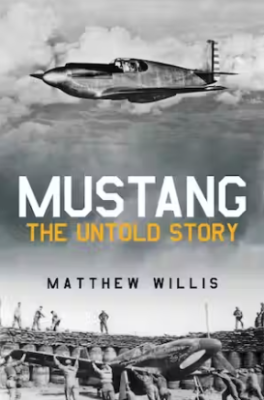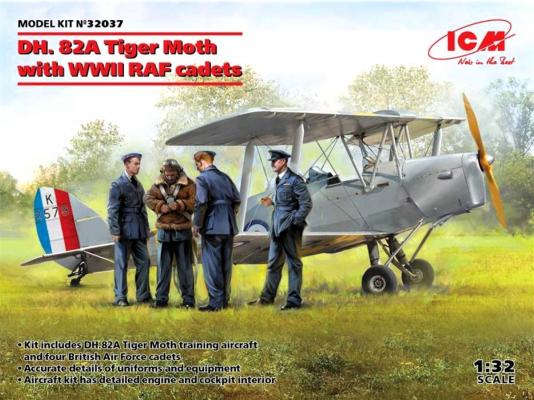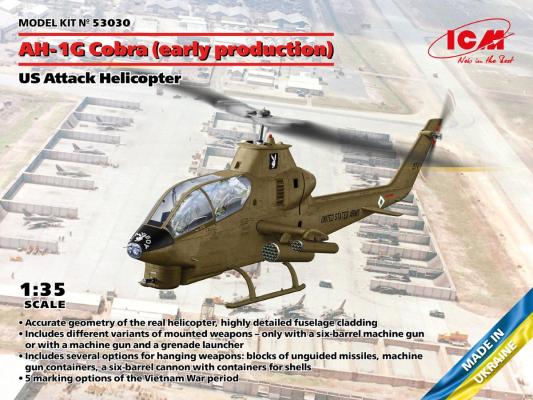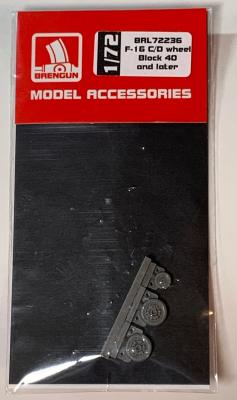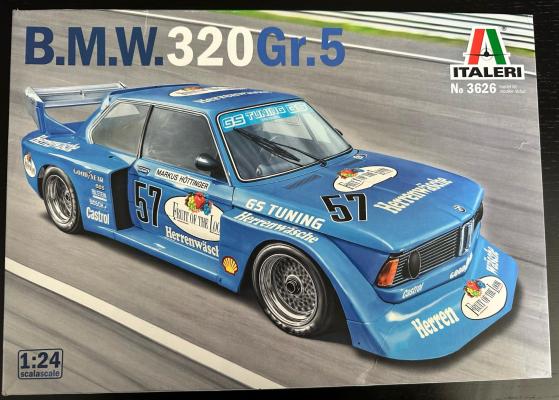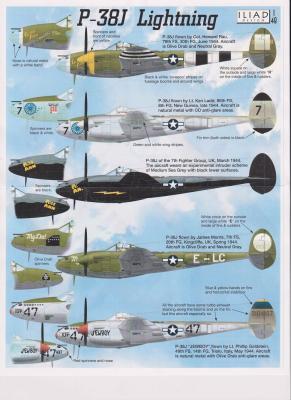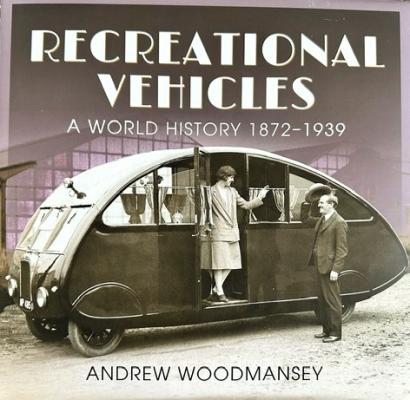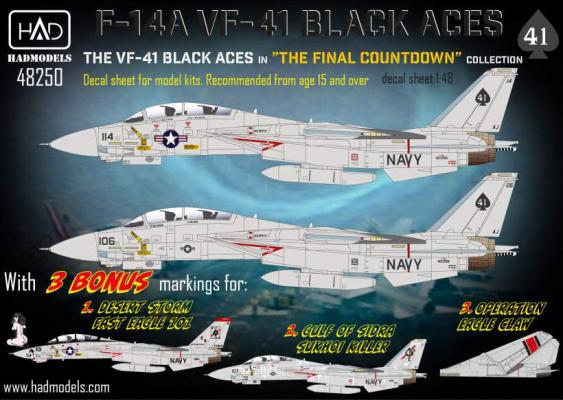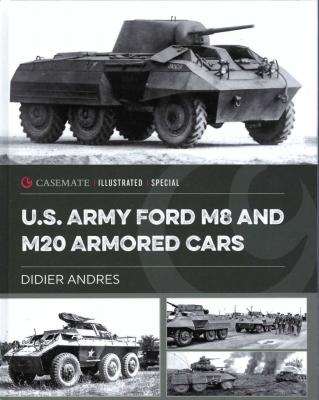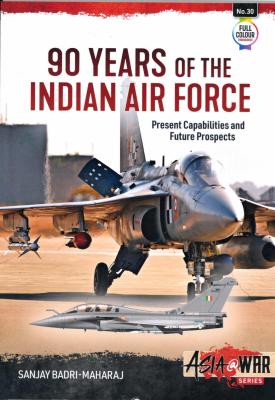In 1940, the British Air Commission (BAC) approached U.S. aircraft manufacturers about purchasing aircraft, particularly fighters. Curtiss presented their model 81 and planned P-46 which the BAC later ordered 480 model 81s and 960 P-46s. Lockheed presented their YP-38 prototype. North American Aviation (NAA), who as of yet had little experience with fighters, drew up a proposal for a fighter that they insisted was to be at least as good as the P-46. The BAC required assurance for NAA’s claims and that each aircraft be less than $40,000 each. Eventually the BAC ordered 400 of NAA’s fighters, even before a design was presented. The company's lead structures engineer recalled that Edgar Schmued had given the subject of a single seat fighter a great deal of thought in the previous years, called the P-51. NAA’s design team and Schmued were determined that the aircraft would be cutting edge. By the end of 1940, the first prototype, called NA-73X or XP-51, was ready for flight.
What's New
ICM has released another combo aviation kit, this one including the ubiquitous Tiger Moth training aircraft and their RAF cadets figure set.
The DH. 82A Tiger Moth is perhaps one of the most common light aircraft in the world to this day and really needs no introduction. First beginning production in 1931, it served as the main basic training aircraft for the Royal Air Force well into the 1950s, and was exported to more than 25 other air forces during that time. Now in demand in commercial venues, it continues to fly all over the world to this day.
The Airplane
This is actually the second iteration of this famous aircraft in 1/32nd scale, the first being the venerable Matchbox variant, which came out in the 1970s. This version featured a host of special features, including floats and the Canadian enclosed cockpit variants. Although ICM’s kit doesn’t feature all of these options, it has much more refined details as befits a kit of the 21st century.
I was in college when Revell first released their 1/32nd scale rendition of the AH-1G Cobra Helicopter gunship, at that time being actively used in the Vietnam conflict. I am forced to admit that I was enamored with the sleek and deadly look of this machine, and the fact that Revell had released it in my favorite scale only made it more desirable.
This set supplies drop-in replacement wheels for 1/72 F-16 C/D Block 40 and later kits.
As you would expect from Brengun, the wheels are very finely cast featuring realistic tread pattern, raised lettering and other markings on the sidewalls and sharply detailed brake pads and wheel hubs. I compared them to the wheels of a Tamiya F-16CJ kit and as shown in the photos, the detail on the Brengun parts is a vast improvement over the kit wheels. Each tire also has a flat spot to simulate the weight of the aircraft on the tires, however, it is not overdone so that the tires look flat.
I painted the wheels Tamiya NATO Black and the rims/brake pads Tamiya Flat White, with a black wash to bring out the details. I used a white colored pencil to highlight lettering and markings on the sidewalls.
The wheels have round mounting holes on the back side, so they should be adaptable to just about any 1/72 F-16C/D Block 40 and later kit.
Highly recommended.
Italeri offers us a reissue of a kit first released in 1977 by ESCI. The B.M.W. 320 ran in a new group 5 class introduced in 1976. Regarded by driving enthusiasts as one of the best cars ever made, the three series was a natural for conversion to racing. Group five rules allowed wider body width which in turn allowed wider tires. This car ran a two-liter turbo charged engine making 300 horsepower. In this boxing you get the number 57 car driven by Markus Hottinger at the Deutsche Rennsport Meisterschaft (DRM) Norisring circuit, Nuremberg in 1978.
Iliad Designs makes a bunch of decals with really great schemes in all the popular scales. The object of this set is the P-38J with several kits being available. I had a Tamiya kit looking for some markings so I jumped at the chance to review the decals.
Inside the package there is a single sheet of well printed decals with two full color instructions sheets with profiles of the plane and details associated with the plane as well as top and bottom profiles. There are markings for five planes covering everything from natural metal, OD over neutral gray and one with medium sea gray and a black bottom. Note that ONLY the markings are included. Stencils and all need to be sourced from the kit or elsewhere. The markings are:
-
P-38J, 79th FS, 20th FG June 1944, “Gentle Annie”
-
P-38J, 80th FS, 8th FG, New Guinea, Late 1944
-
P-38J 7th FG, United Kingdom, Experimental Intruder scheme (Medium Sea Grey and Black) “Miss Ann”
A good book takes you to places you’ve never been and opens your perspective in ways you might never have considered. This book does just that with an object so ubiquitous that we don’t really notice them, the recreational vehicle or RV. Andrew Woodmansey has written a book that takes us on a worldwide historical journey tracing the origin and development of these vehicles.
HAD Models is a group out of the Budapest Hungary and specializes in decals and masking sets for aircraft kits in the all-major scales from 1/144 to 1/35. They range from WWII to modern era planes. This set is in 1/48th scale and covers F-14A’s from the VF-41 Black Aces. Markings are included for seven unique planes:
Noted author and defense consultant, Steven Zaloga, is well known to armor modelers the world over. He wrote this about the Ford M8 armored car,
The M8 light armored car is a 6×6 armored car produced by the Ford Motor Company during World War II. It was used from 1943 by United States and British forces in Europe and the Pacific until the end of the war. The vehicle was widely exported and as of 2006 still remained in service with some countries.
Author Didier Andres’ book “U.S. Army Ford M8 and M20 Armored Cars”, is a detailed, fascinating and photographic insight into the Ford M8 and M20 armored cars in the European Theater in WWII. The book is complete with extensive photographs, technical details and specifications, and detailed illustrations, composing the following five chapters:
-
Chapter 1. The Genesis of Light Armored Cars
-
1914-18
-
1928-34
-
The Indian Air Force celebrates 90 years of existence in October 2022. As the fourth largest air force in the world, and one of the few with nuclear capability, the subject is interesting and important both historically and in the context of its future role on the global stage. Its position in Asia, sharing a border with China, only serves to heighten the significance of this air service.

